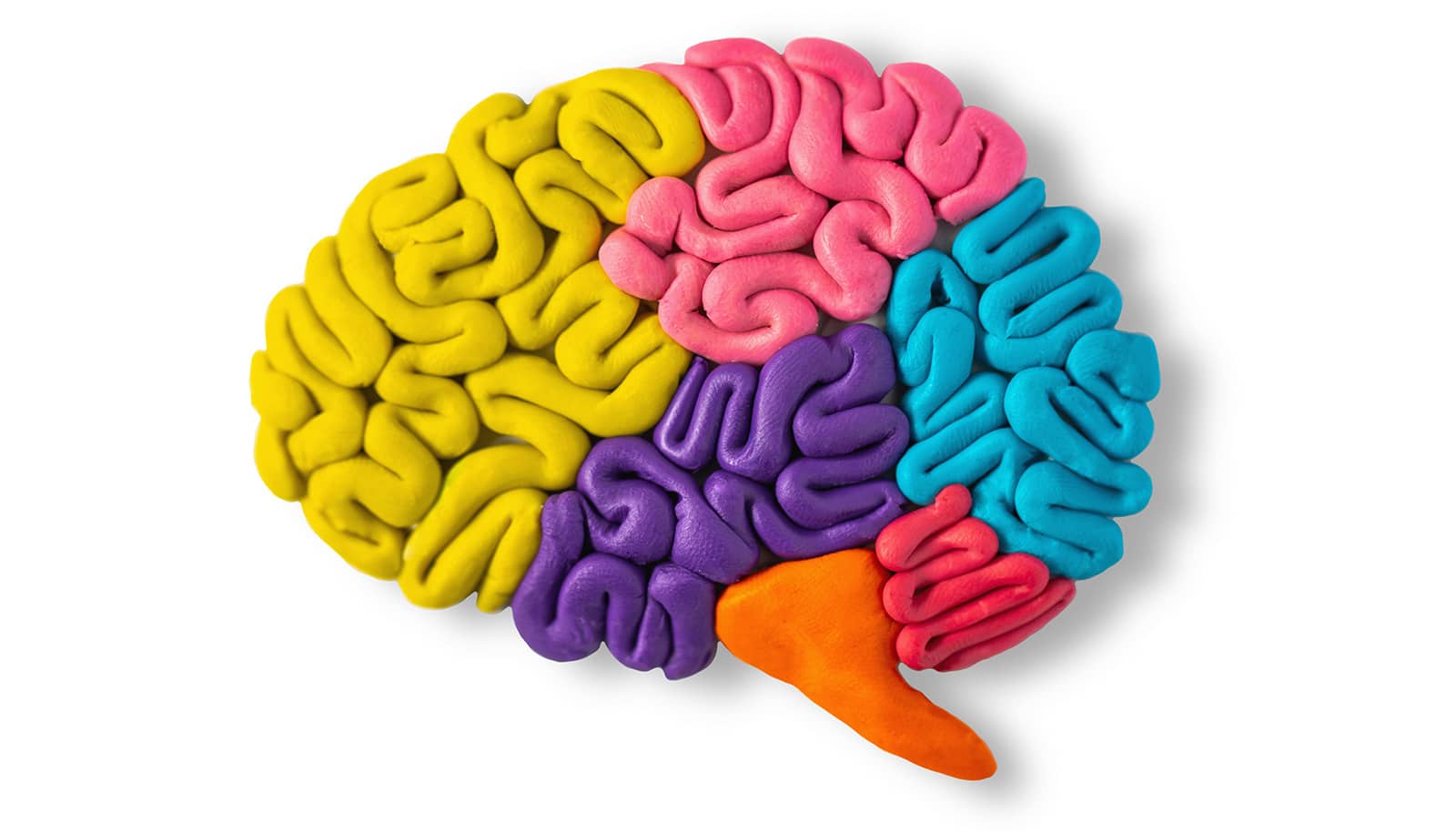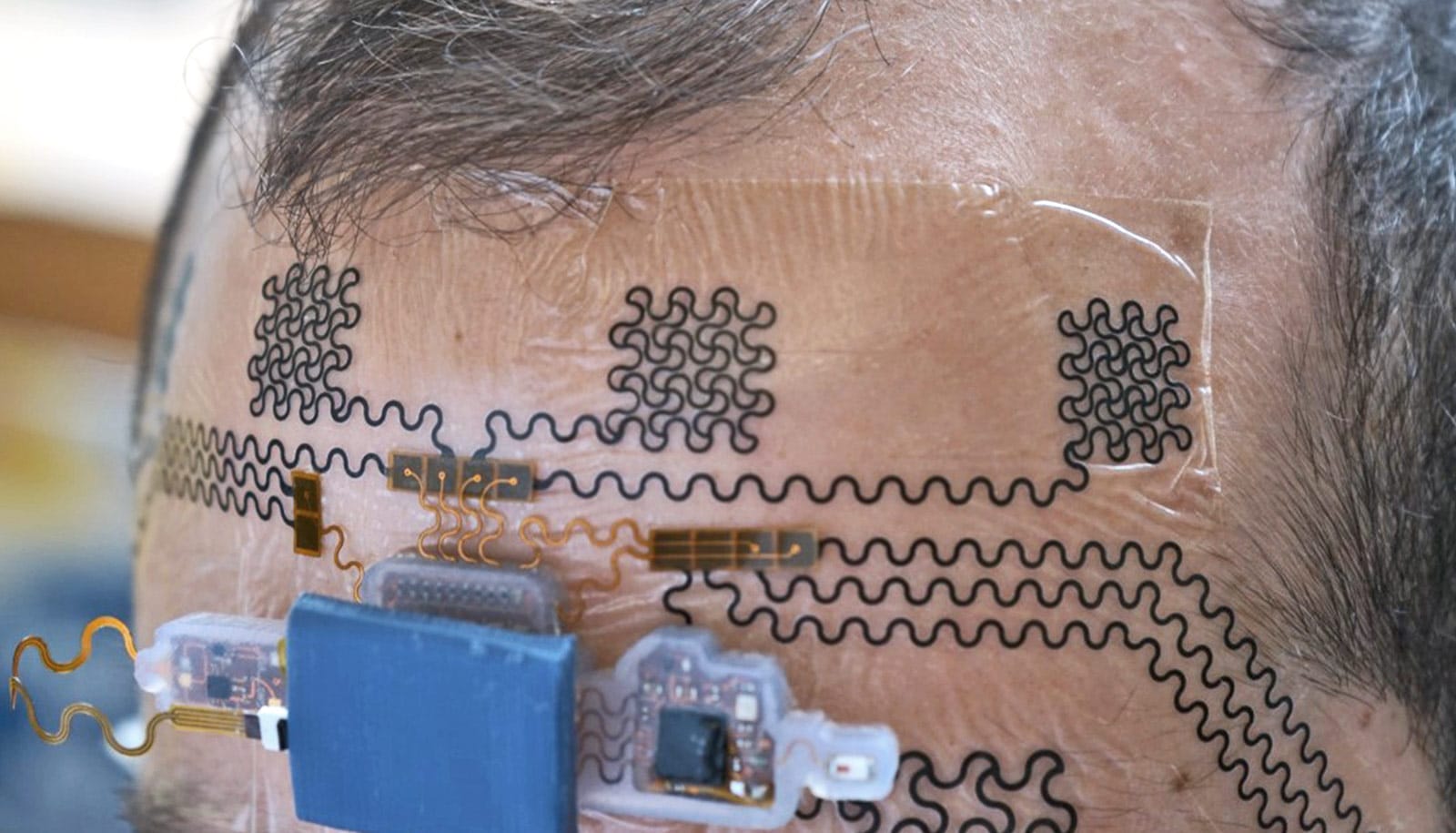A small population of brain cells deep in a memory-making region of the brain controls the production of new neurons and may have a role in common brain disorders, according to a new study.
The research shows that “mossy cells” in the hippocampus regulate local stem cells to control their production of new neurons, which is important for normal learning and memory, stress response, and mood regulation.
Such neurogenesis in the adult brain is disrupted in many common conditions including Alzheimer’s disease, depression, anxiety, schizophrenia, traumatic brain injury, and some forms of epilepsy. Targeting mossy cells to reverse such disruption may therefore offer a new strategy for treating these conditions.
“The hope is we could manipulate even a small number of mossy cells to restore hippocampal neurogenesis and related brain functions,” says study senior author Juan Song, assistant professor of pharmacology at the University of North Carolina School of Medicine and member of the UNC Neuroscience Center.
Special cells
Mossy cells are themselves a type of neuron and live in the part of the hippocampus known as the dentate gyrus, where neural stem cells also reside. These mossy cells—and the nerve fibers that input various chemical signals to them—earned their name because their multiple connection points give them a vaguely moss-covered appearance.
Their precise functions have long been debated in part because they’re not easy to distinguish from other brain cells. But mossy cells are known to be important for learning and memory and unusually sensitive to stresses. They die off quickly, for example, under the low-oxygen conditions of a stroke or heart attack, or when seizures in temporal lobe epilepsy overstimulate them.
Removing a portion of mossy cells caused neural stem cells to increase their activity briefly followed by a permanent loss of stem cells.
Using advanced tracing techniques on several different strains of genetically engineered lab mice, Song and her colleagues labeled mossy cells in mouse hippocampi and marked their connections to other brain cells.
They found that mossy cells connected to neural stem cells directly and indirectly. These mossy cells directly communicate with stem cells in the hippocampus via an excitatory pathway. The mossy cells also indirectly communicate with stem cells through nearby neurons called interneurons that then connect to stem cells via an inhibitory pathway.
Surprisingly, Song and her team discovered that mossy cells can shift the balance of their direct and indirect signaling, thus dynamically regulating neural stem cell activity. In their experiments, Song’s team found that moderate mossy cell activity, for example, resulted in the dominance of indirect signaling and kept stem cells in a “quiescent” state that may lead to a low level of neurogenesis, but the stem cells could be preserved over the long term.
In contrast, high mossy cell activity, which could occur when the brain is stimulated or in a diseased state, made direct signaling dominant and kept stem cells in an “activated” state that may lead to a high level of neurogenesis. But this may risk losing stem cells over the long term.
Small number, big impact
The scientists observed that removing a portion of mossy cells caused neural stem cells to increase their activity briefly followed by a permanent loss of stem cells. The finding hints that the abnormal loss of mossy cells may be a key factor underlying many pathological conditions where neurogenesis is deficient.
For mossy cells, a few cells go a long way.
This suggests replacing or otherwise altering the activity of these mossy cells could be a viable treatment strategy, according to Song.
The experiments also indicate that for mossy cells, a few cells go a long way. In a key set of experiments, the researchers were able to label only about a quarter of the mossy cell population. Yet by manipulating the activity level of these few cells, the scientists observed large changes in hippocampal stem cell activity and neurogenesis.
MRIs of brain wiring promise better diagnosis
“We were surprised that this small population of mossy cells could exert such a big impact on stem cell behavior,” Song says.
Song and her team will now make use of the tools and lessons they developed in this study to examine what happens to mossy cells in various disease states and how researchers might be replace or alter their activity to treat those diseases.
“We’re beginning to look at how this cell population is changed in Alzheimer’s disease, for example,” she says.
‘Nanoscope’ zooms in to see Alzheimer’s plaques
The National Institutes of Health, the Brain and Behavior Research Foundation, the American Heart Association, the Whitehall Foundation, the Swiss National Science Foundation, and the Synapsis Foundation provided funding for this research. Additional authors are from UNC, NIH, and the University of Lausanne in Switzerland.
Source: UNC-Chapel Hill



